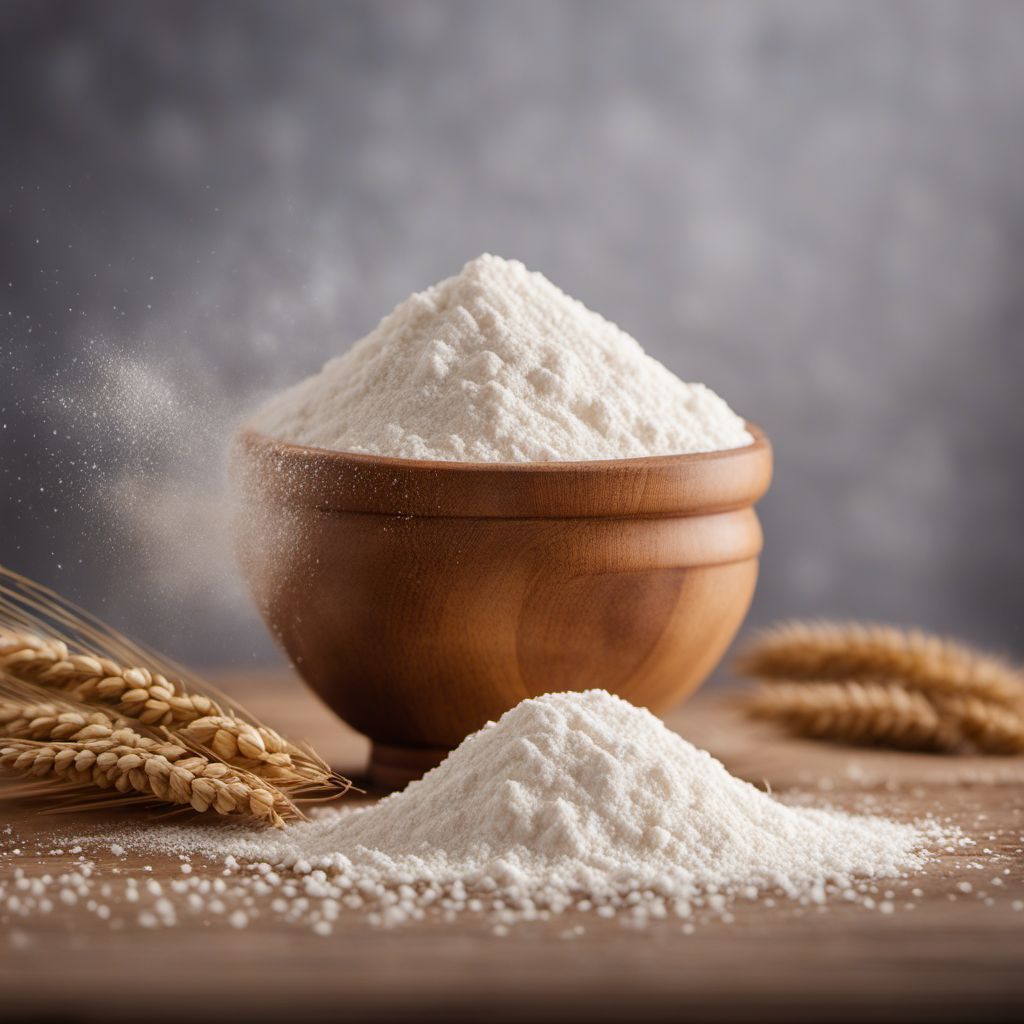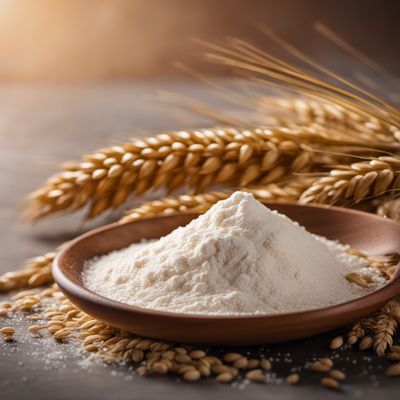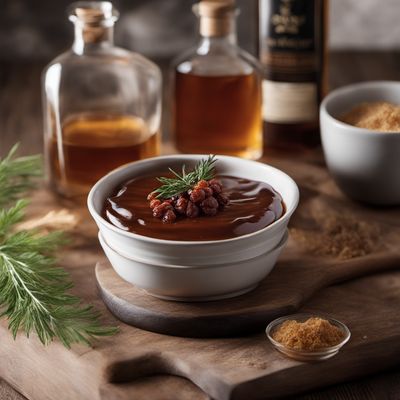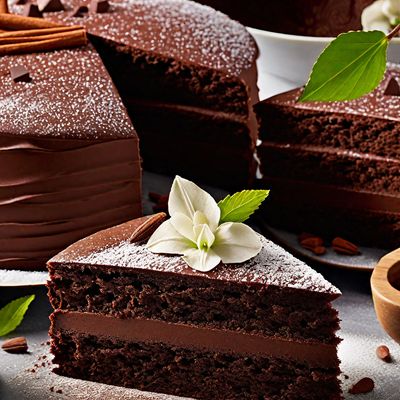
Ingredient
Wheat flour white
The Versatile Flour: Unleashing the Power of White Wheat Flour
White wheat flour is finely ground from the endosperm of the wheat kernel, resulting in a smooth and powdery texture. It has a mild, slightly sweet taste and a pale color. This versatile flour is commonly used in baking to create light and airy bread, cakes, cookies, and pastries. It provides structure and helps to bind ingredients together, making it an essential component in many recipes.
Origins and history
White wheat flour has been a fundamental ingredient in human diets for thousands of years. It originated in the Fertile Crescent, an area encompassing modern-day Iraq, Syria, and Turkey, where wheat was first cultivated around 10,000 years ago. Since then, it has spread across the globe and become a staple in various cuisines. White wheat flour plays a significant role in traditional bread-making techniques and has cultural significance in many societies.
Nutritional information
White wheat flour is a good source of carbohydrates, providing energy for the body. It also contains small amounts of protein, fiber, and essential minerals such as iron and magnesium. However, it is important to note that white wheat flour is refined, which means it has been stripped of some nutrients and fiber during processing.
Allergens
Gluten is present in white wheat flour, making it unsuitable for individuals with gluten intolerance or celiac disease. It may also cause allergic reactions in some people.
How to select
When selecting white wheat flour, look for a fine texture and a bright white color. Avoid flour with any signs of moisture, clumps, or discoloration. Opt for reputable brands or freshly milled flour for the best quality and flavor.
Storage recommendations
Store white wheat flour in an airtight container in a cool, dry place, away from direct sunlight. This helps to preserve its freshness and prevent moisture absorption. Proper storage can extend its shelf life for up to a year.
How to produce
White wheat flour can be produced by milling wheat grains, removing the bran and germ, and grinding the endosperm into a fine powder. This process can be done at home using a grain mill or purchased from grocery stores and supermarkets.
Preparation tips
White wheat flour can be used in a variety of recipes, including bread, cakes, cookies, pastries, and even as a thickening agent in sauces and gravies. It is essential to measure the flour accurately, sifting it if necessary, to ensure consistent results. Additionally, it can be combined with other flours for different textures and flavors in baking.
Substitutions
Whole wheat flour, all-purpose flour, or gluten-free flour blends can be used as substitutes for white wheat flour, depending on dietary restrictions or desired outcomes.
Culinary uses
White wheat flour is a staple in baking, particularly in bread-making. It is commonly used to create fluffy bread, cakes, cookies, pastries, and other baked goods. It is also used as a thickening agent in sauces and gravies.
Availability
White wheat flour is widely available in grocery stores, supermarkets, and specialty food stores worldwide.
More ingredients from this category

Wheat wholemeal flour
Nutrient-Rich Whole Grain Flour

Graham flour
The Wholesome Wonder: Unveiling the Secrets of Graham Flour

Wheat flour, durum
Versatile Grain Powerhouse

Wheat flour, brown
The Nutrient-Rich Powerhouse: Unveiling the Secrets of Brown Wheat Flour

Chapatti flour
The Versatile Flour for Perfect Indian Flatbreads


